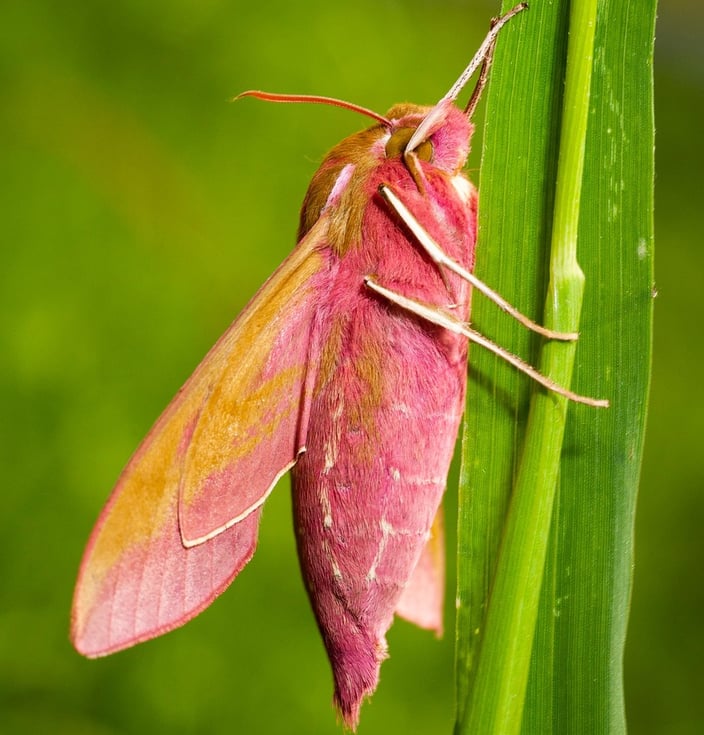Biomimetic Night Vision Enhancement for the Elderly: An Elephant Hawk Moth-Inspired Optical System


I am doing this research (still a lot to do :-) )as part of one of my STEM competitions as I started liking the field of 'Biomimetics'. In fact, I think I should write a small book about it. Biomimetics field is full of possibilities of borrowing ideas from nature to help us to solve human problems. More on that later, but now let me talk a bit on my research on Elephant Hawk Moth.
As the population ages, they face significant challenges with their vision and that too in low light conditions that impacts their safety, mobility and their independence during nighttime. Inspired by the elephant hawk moth's exceptional ability to see in near-darkness, my research aims to design and develop a prototype lens coated with nanomaterials to enhance light transmission, while incorporating blue and green filters to improve contrast and visibility. By mimicking the moth's natural adaptations, the biomimetic research approach seeks to create a low-cost, effective solution to enhance night vision for the elderly, improving their safety, ability to navigate, and quality of life in low light environments.
One of the key areas where the elderly struggle is their deteriorating vision, especially during nighttime, resulting in an increased risk of injuries due to falls, leading to other health related complications. Nature, however, offers remarkable solutions to such challenges. The elephant hawk moth (Deilephila elpenor) is known for its exceptional night vision, allowing it to see in near darkness and even perceive colors at night. Their eyes, a marvel of nature, are more than just a tool for survival; they're a blueprint for revolutionary night vision technology.
The elephant hawk moth's remarkable ability to both see in near darkness and perceive colors at night comes from several specialized adaptations that work together:
Superposition compound eyes - The moth has compound eyes with a specialized "superposition" design. In this system, multiple facets (ommatidia) work together to focus light onto a single photoreceptor, effectively amplifying the available light.
Anti-reflective Nanostructures - The surface of their eyes is covered in tiny, regularly spaced protuberances called corneal nipples. These nanostructures, reduces light reflection by up to 96%.
Color Vision – They have three different type of photoreceptors that are sensitive to three different wavelengths of light (Blue, Green & UV). These photoreceptors remain active in low-light conditions as a result this trichromatic vision enables the moth to perceive a full range of colors even in low-light conditions.
Inspired by the remarkable night vision capabilities of the elephant hawk moth, this research project aims to design and develop a biomimetic lens that can aid elderly people's vision in low-light environments. This research can be leveraged in various industries, including healthcare (assistive vision devices for elderly and visually impaired individuals), military and defense (night vision optics), aerospace (low-light navigation systems), automotive (enhanced night-driving technology) and photography (advanced low-light cameras.
